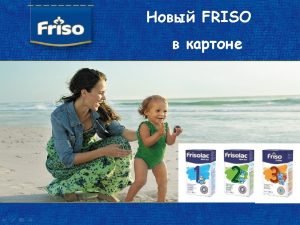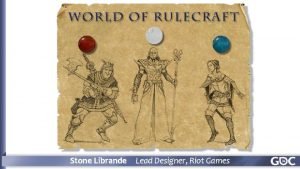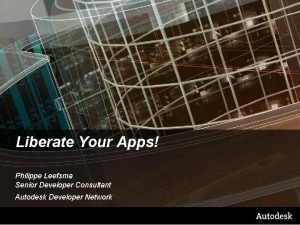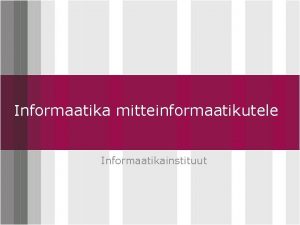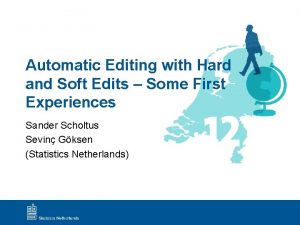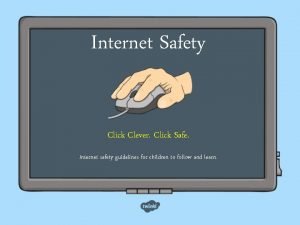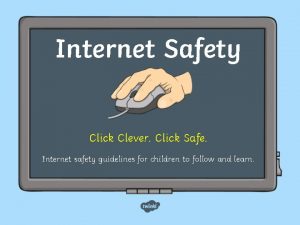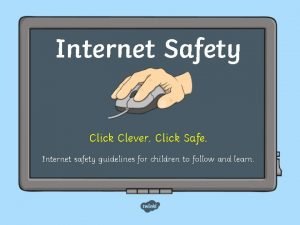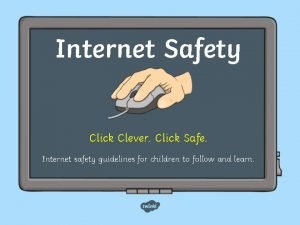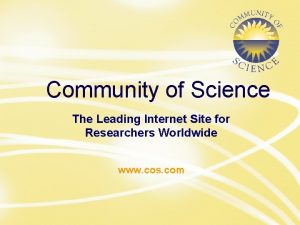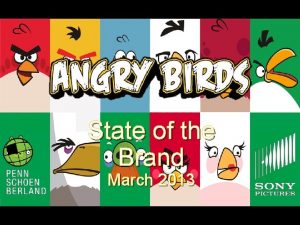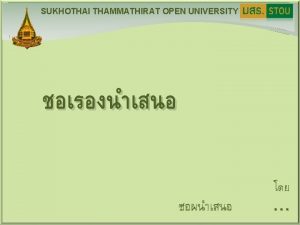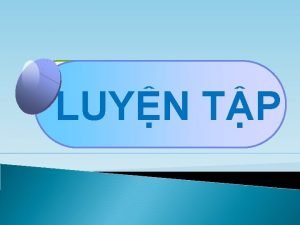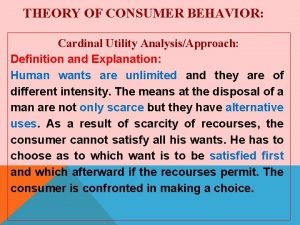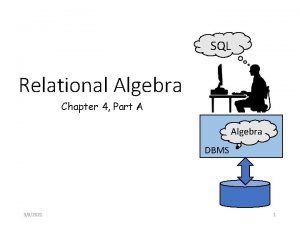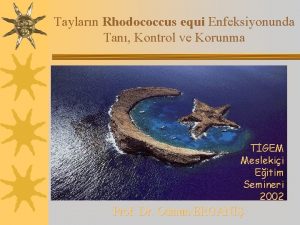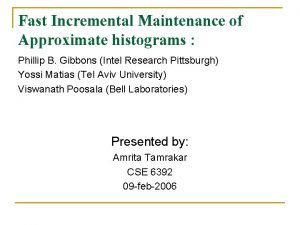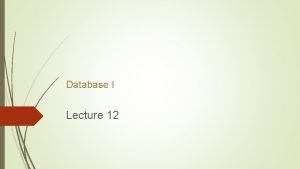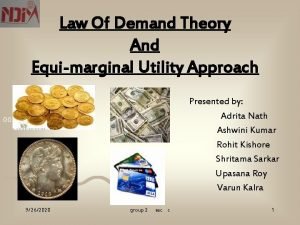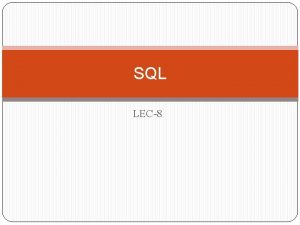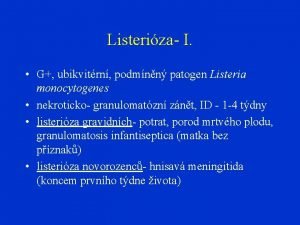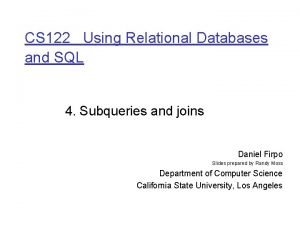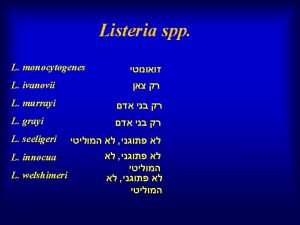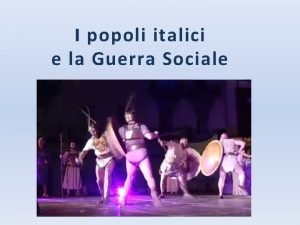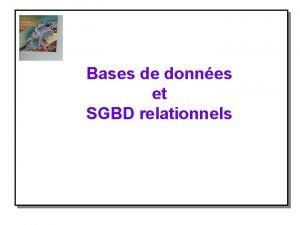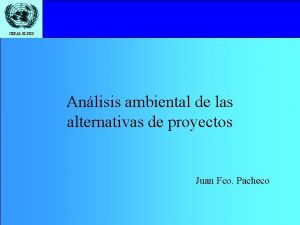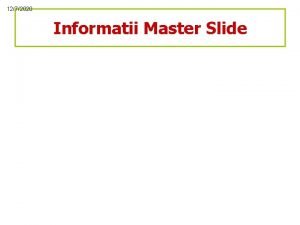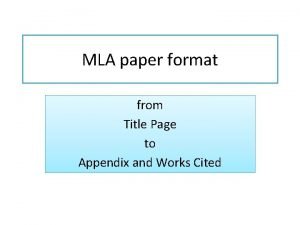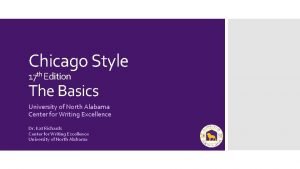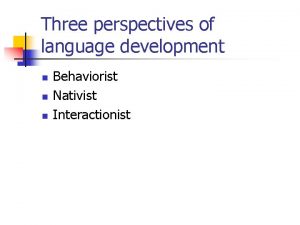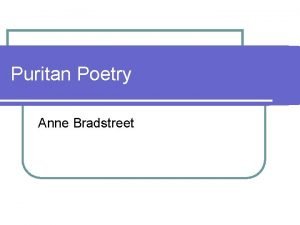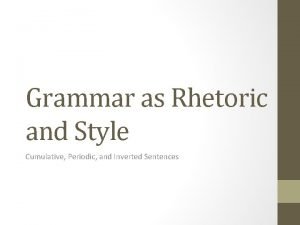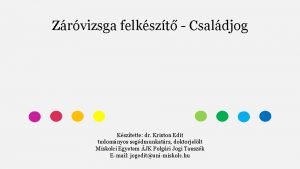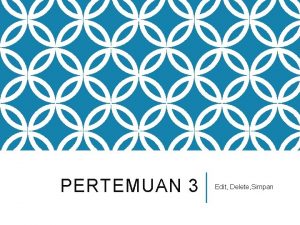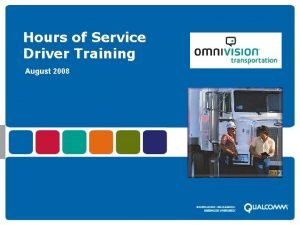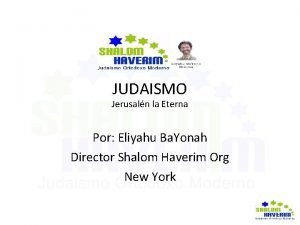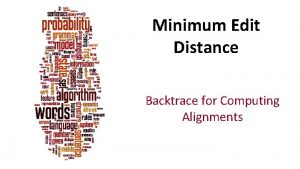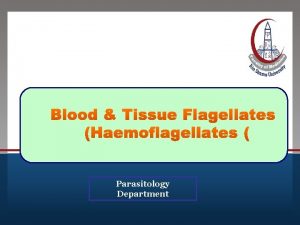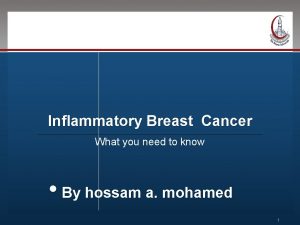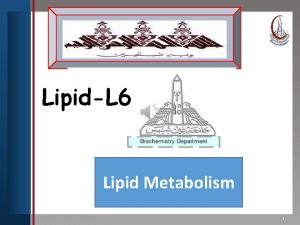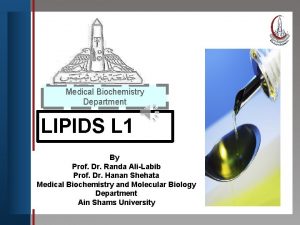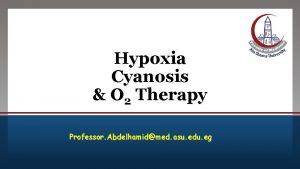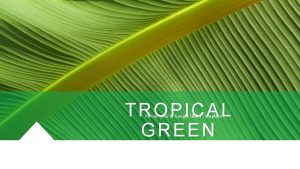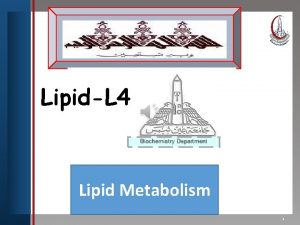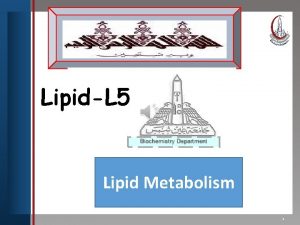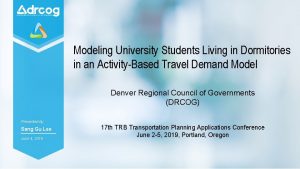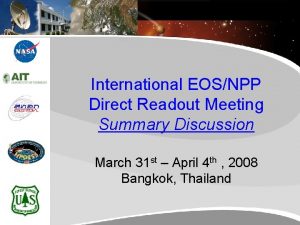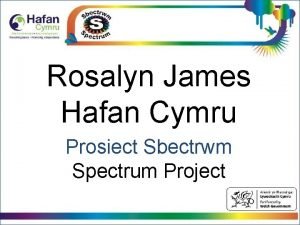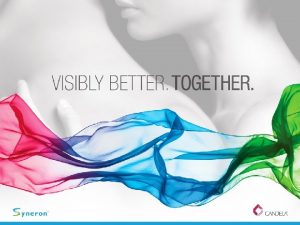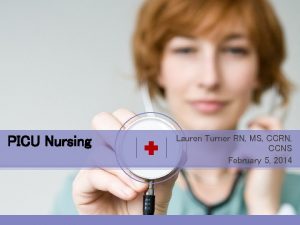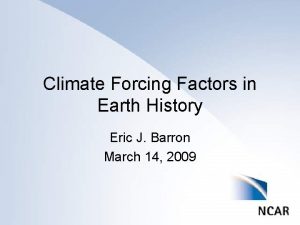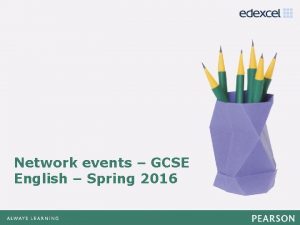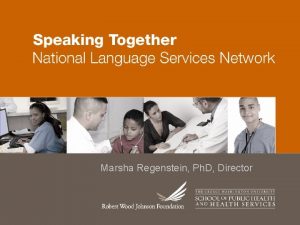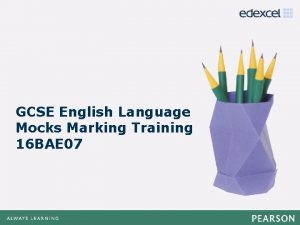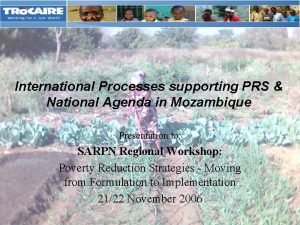Click to edit Master title style EQui P




















































- Slides: 52

Click to edit Master title style EQui. P Rubric for Science v 3. 0 Professional Learning

What is Three-Dimensional Learning? Three-dimensional learning shifts the focus of the science classroom to environments where students use core ideas, crosscutting concepts with scientific practices to explore, examine, and use science ideas to explain how and why phenomena occur or to design solutions to problems.

“Learning About” or “Figuring Out” • Explanatory ideas are important so that students are figuring out phenomena and not just learning about facts and details. • Science and engineering practices build explanatory ideas.

Student Hat --- Teacher Hat

Designing NGSS Units

APhenomena: Optical Illusions




Optical illusions: how do these images work? With your table, develop your own questions that will drive our quest to figure out these optical illusions. Place these Qs on a post it and place on one of our 3 Driving Question Boards. � What are some questions you have about the optical illusions, eyes, vision, and how we see?

Driving Question: Can I trust my eyes? Lesson level question: What do you need in order to see an object?

Light Box 1: Create this data table Data Observation First: Lid Closed and Flap Closed Second: Lid Closed and Flap Open

How can I see an object? Look into the shoebox with the flap CLOSED. Think about: How does that help you understand how you can see the object?

How can I see an object? Look into the shoebox with the flap OPEN. Think about: How does that help you understand how you can see the object?

Light Box 1 Data First: Lid Closed and Flap Closed Second: Lid Closed and Flap Open Observation Making Sense Leverage Patterns: How were your 2 observations different?

Light Box 2 Add the divider to your light box. Keep the box lid closed and the slide flap open. Draw what you see and include as much detail as you can.

Create a MODEL to help explain how we saw what we did in the 3 stages of the light box Include: 1. Components (relevant parts) 2. Relationships (how the components interact) – What moves? What changes? 3. Connections (to big science ideas, processes, theories, or laws)

Crosscutting Concept: System and System Models • Components • Relationships Energy and Matter flows • Inputs • Flow • Output

Create a MODEL to help explain how we saw what we did in the 3 stages of the light box Include: 1. Components (relevant parts) 2. Relationships (how the components interact) – What moves? What changes? 3. Connections (to big science ideas, processes, theories, or laws)

Why can the girl see the tree?

Why can’t the girl see the car?

Create a MODEL to help explain how we saw what we did in the 3 stages of the light box Include: 1. Components (relevant parts) 2. Relationships (how the components interact) – What moves? What changes? 3. Connections (to big science ideas, processes, theories, or laws)

Consensus Model ■ At your table, share your models. ■ EXPLAIN the components and the relationship between the components. ■ Using your table talk discussion and the visible thinking of group members, create a consensus model together to explain vision. These models will become part of a gallery walk.

Storyline for the Unit Goal: Making sense of phenomena Driving Question: Can I trust my eyes? Phenomena-driven Questions Optical Illusions Investigate and build Incrementally Build knowledge through Explanations, practices and CCCs Models, or Designs Models, PS 4 Systems Initial explanation, model or design How does light get to our eyes? How does light allow vision? Models, Explain, LS 1 S&F, Systems Add to/revise How does the brain process signals? Models, Explain, LS 1, S&F, Systems Add to/revise What happens when light reaches an object? Explanations, Models PS 4 Systems, S&F Final consensus explanation, model or design What do you need to see?

Models at the beginning of the Unit

Models in the Middle of the Unit

When evaluating student artifacts What does “this” artifact tell you about student understanding at the given point in the lesson? ✓ ◆ ◆ ◆ Disciplinary Core ideas Crosscutting Concepts Science and Engineering Practices

What have we figured out? ■ Examine your 2 student artifacts. Using your MS-PS 4 Handout, determine if the artifact(s) have evidence of student understanding of the Disciplinary Core Idea (DCI) or Crosscutting Concept (CCC) elements found on the handout. ■ Highlight the elements that you determine the students have communicated understanding of with their models.

How have students engaged in SEP’s to Figure out? ■ Examine your 2 student artifacts. Using your Grades 6 -8 and Grades 9 -12 Science and Engineering (SEP) Handouts, determine which elements of the practices can be evidenced by these student artifacts. ■ Highlight the elements that you determine the students have communicated understanding of with their models.

Table Share ■ Each pair should share their evidence (specific elements) of student opportunities to use each of the 3 dimensions to figure out our lesson-level phenomena. ■ As a group, discuss any evidence of evolving 3 -dimensional understanding. (comparing model 1 to model 2).

Models at the beginning of the Unit

Models in the Middle of the Unit

Models in the Middle of the Unit

Models in the Middle of the Unit

Models in the Middle of the Unit

What pieces of the puzzle are we building? The path that light takes travels in straight lines. There are four necessary components of vision, an eye, an object, a light source, and a straight path between the eye and the object. Light transfers energy from place to place. • When light shines on an object, it is reflected, absorbed, or transmitted through the object, depending on the object’s material and the frequency (color) of light. • The path that light travels can be traced as straight lines. (PS 4. A) Models can be used to represent systems and their interactions (inputs, outputs, flows) and energy, matter, & info flows within systems. (Appendix G, NGSS).

What pieces of the puzzle are we building? The path that light takes travels in straight lines. There are four necessary components of vision, an eye, an object, a light source, and a straight path between the eye and the object. Light transfers energy from place to place. • When light shines on an object, it is reflected, absorbed, or transmitted through the object, depending on the object’s material and the frequency (color) of light. • The path that light travels can be traced as straight lines. (PS 4. A) Models can be used to represent systems and their interactions (inputs, outputs, flows) and energy, matter, & info flows within systems. (Appendix G, NGSS).

Coherence in Lessons • What do students figure out in a lesson? • How is this related to the DCIs?

Can we explain how optical illusions work? EQui. P Rubric for Science v 3. 0 Professional Learning

Students building understanding piece by piece with each lesson

What pieces of the puzzle are we building? The eye receives the light energy (electromagnetic radiation) and sends that signal via electrical impulse (energy) via the optic nerve to the brain. Multicellular organisms are organized into levels of organization where the parts work together to accomplish a function. The eye itself is made of numerous subparts that function together for vision. Each sense receptor responds to different inputs (electromagnetic, mechanical, chemical) transmitting them as signals that travels along nerve cells to the brain. The signals are then processed in the brain, resulting in immediate behaviors or memories. Multicellular organisms have a hierarchical structural organization, in which any one system is made up of numerous parts and is itself a component of the next level. (LS 1 A)

What pieces of the puzzle are we building? Energy is transferred from one object to another and, in addition, often changes forms. However, it is not created or destroyed, meaning energy input and energy output is always equal. Light transfers energy from place to place. Light energy is transformed into electrical energy so the vision information message can be processed by the brain. …There is a single quantity called energy. . Energy is continually transferred from one object to another and in between its various possible forms. (PS 3 A) Energy cannot be created or destroyed… (PS 3 B) Models can be used to simulate systems and interactions including energy, matter, and information flows- within and between systems at different scales.

Storyline for the Unit Goal: Making sense of phenomena Driving Question: Can I trust my eyes? Phenomena-driven Questions Optical Illusions Investigate and build Incrementally Build knowledge through Explanations, practices and CCCs Models, or Designs What do you need to see? Models, PS 4 Systems Initial explanation, model or design How does light get to our eyes? How does light allow vision? Models, Explain, LS 1 S&F, Systems Add to/revise How does the brain process signals? Models, Explain, LS 1, S&F, Systems Add to/revise What happens when light reaches an object? Explanations, Models PS 4 Systems, S&F Final consensus explanation, model or design

Our questions left unanswered create a need to engage in the next lesson Coherence: Building ideas, piece by piece, over time by making sense of phenomena and solving problems

NGSS 3 D Design for Instruction and Assessments Three Dimensions: Grade-appropriate elements of the Science and Engineering practices, disciplinary core ideas, and crosscutting concepts are designed into student learning experiences. 3 D Student Performances At least one student performance that blends the elements of SEP’s, DCI’s, and CCC’s is central to student learning experience. EQui. P Rubric for Science v 3. 0 Professional Learning

NGSS 3 D Design for Instruction and Assessments Phenomena: Lesson Level performances engage students in making sense of phenomena. Coherence: Each lesson links to a previous lesson and provides a need to engage in the current lesson. Building understanding over time/ breaking up an important idea into small pieces. EQui. P Rubric for Science v 3. 0 Professional Learning

Rationale: What’s the Purpose of the EQu. IP Rubric

Professional Learning Goals Participants who successfully complete all ten segments of this training will be able to use the EQu. IP Rubric to examine lessons or units—published or educatorgenerated—specific to their grade, grade band, or area of science.

NGSS Innovations Take two minutes and write down the biggest innovations in the NGSS.

NGSS Innovations (1 of 3) ■ Explaining Phenomena & Designing Solutions: Making sense of phenomena or designing solutions to problems drives student learning. Science education should reflect science as it is practiced and experienced in the real world. ■ Innovation 2—Three Dimensional Learning: Students making sense of phenomena or designing of solutions to problems requires student performances that integrate elements of the SEPs, CCCs, and DCIs in instruction and assessment. � All three dimensions valued � Three dimensions integrated � 3 D Instruction and Assessment

NGSS Innovations (2 of 3) ■ Building K-12 Progressions: Student three dimensional learning experiences are coordinated and coherent over time to ensure students build understanding of all three dimensions of the standards, the Nature of Science (NOS), and Engineering as expected by the standards. ■ Alignment with English Language Arts and mathematics: Students engage in learning experiences with explicit connections to and alignment with English language arts (ELA) and mathematics.

NGSS Innovations (3 of 3) ■ All Standards, All Students: These standards are designed to provide equitable opportunity to learn for all students to be productive citizens, not just a list of science information for those pursuing science-related careers.
 Title style
Title style Click to edit master title style
Click to edit master title style Click to edit master title style
Click to edit master title style Click to edit master title style
Click to edit master title style Hard edits
Hard edits E safety
E safety Click clever click safe
Click clever click safe Click clever click safe
Click clever click safe Click clever click safe
Click clever click safe Master title style
Master title style Master title style
Master title style Click to add title
Click to add title Add your title here
Add your title here Click to add title
Click to add title Cardinal utility approach
Cardinal utility approach Relational algebra
Relational algebra What is non equi join
What is non equi join Discounting principle in managerial economics
Discounting principle in managerial economics Law of equi marginal utility
Law of equi marginal utility Equijoin
Equijoin R.equi
R.equi Equi depth histogram
Equi depth histogram What is non equi join
What is non equi join Law of equi marginal utility
Law of equi marginal utility What is non equi join
What is non equi join Listeriza
Listeriza Equi join
Equi join Difference between natural and equi join
Difference between natural and equi join Rhodococcus equi camp test
Rhodococcus equi camp test Peligni
Peligni Exemple de sgbd relationnel
Exemple de sgbd relationnel Master title
Master title What is a slide title master pair
What is a slide title master pair Who taught how
Who taught how Title title
Title title Reports and proposals
Reports and proposals Header in apa format
Header in apa format Title page mla
Title page mla Chicago style title page
Chicago style title page Referential vs expressive style
Referential vs expressive style Mixed punctuation style
Mixed punctuation style Inversion in poetry
Inversion in poetry Formal informal style
Formal informal style Periodic vs cumulative sentence
Periodic vs cumulative sentence What is formal writing style
What is formal writing style Daily oral language grade 2
Daily oral language grade 2 How to edit and publish a video with maker
How to edit and publish a video with maker Lemony snicket every day edit
Lemony snicket every day edit Kriston edit
Kriston edit Menu edit
Menu edit How to edit logs on qualcomm
How to edit logs on qualcomm Edit
Edit Minimum edit distance backtrace
Minimum edit distance backtrace
